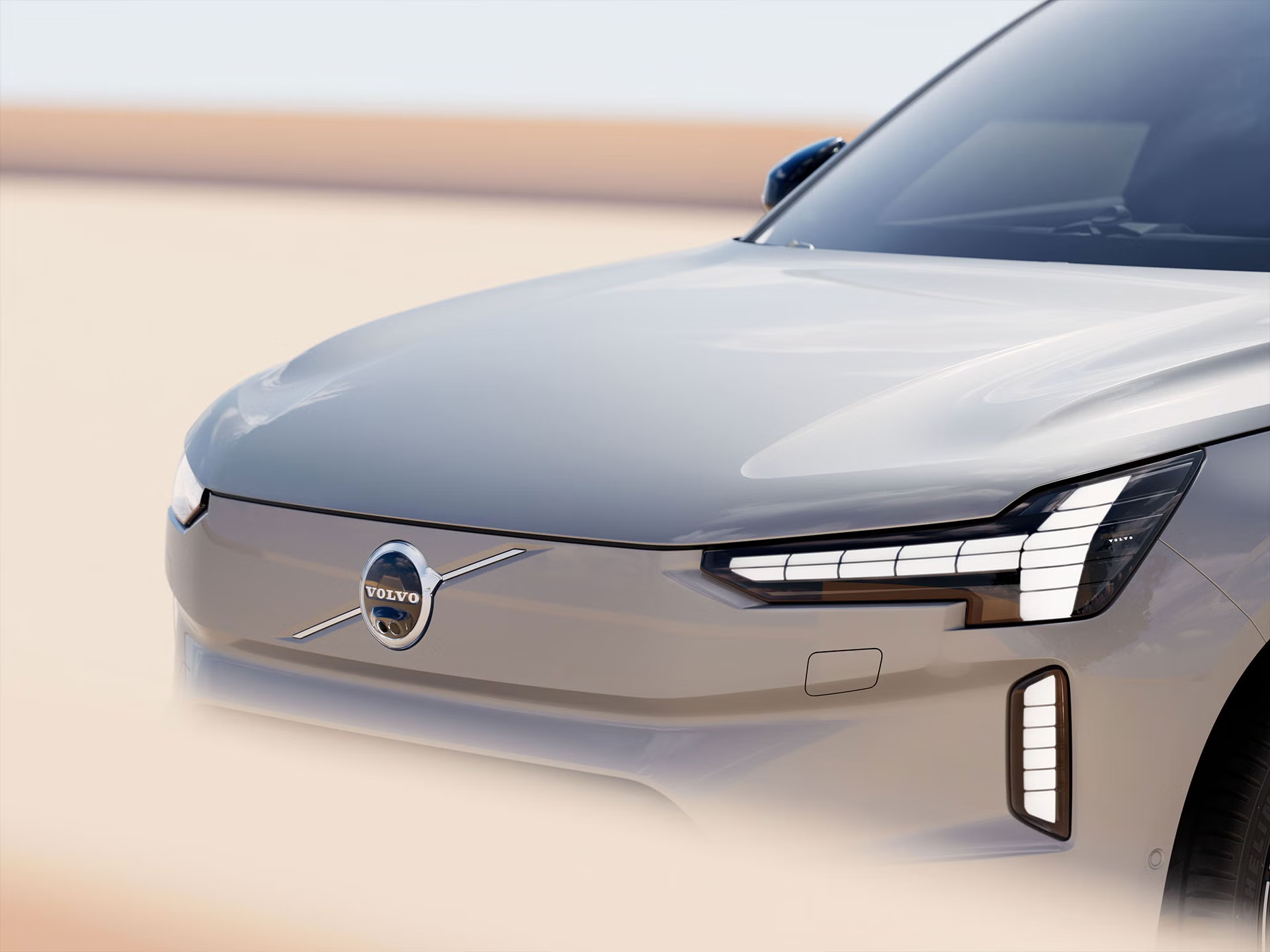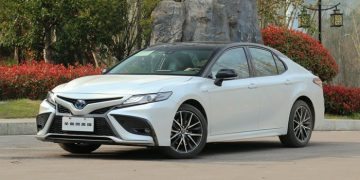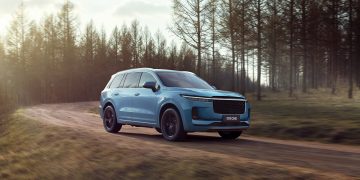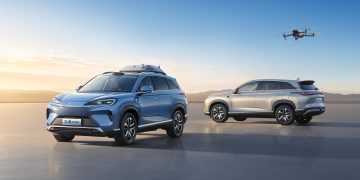Introduction: The Changing Dynamics of the Automotive Industry
The automotive industry is undergoing one of the most significant transformations in its history, primarily driven by the rise of electric vehicles (EVs). The rapid shift from traditional internal combustion engine (ICE) vehicles to cleaner, more sustainable electric alternatives is reshaping the competitive dynamics of the industry. Historically, the automotive market has been dominated by a few established traditional automakers, but the electric vehicle revolution is giving rise to new players and startups that are challenging the status quo.
As governments around the world impose stricter emissions regulations, and as consumer demand for greener, more energy-efficient transportation grows, the once-unchallenged dominance of traditional car manufacturers is beginning to face stiff competition from a new breed of companies focused on electric vehicles. These companies, often more agile and innovation-driven, are eager to disrupt the automotive sector and capitalize on the growing demand for EVs.
In this article, we will explore how the rise of electric vehicles is altering the competitive landscape between legacy automakers and emerging startups. We will examine the key factors shaping this shift, the challenges and opportunities faced by both groups, and the potential future dynamics of the EV market.
Section 1: The Current Landscape of the Automotive Industry
1.1 Traditional Automakers: Dominance Built on Decades of Expertise
For decades, the global automotive industry has been dominated by traditional automakers—large, established companies with decades of manufacturing experience, extensive supply chains, and global distribution networks. Major players like Toyota, Volkswagen, Ford, and General Motors have built their empires on internal combustion engine (ICE) vehicles, with strong brand recognition and a loyal customer base.
These companies have invested heavily in production facilities, research and development, and marketing, all of which have enabled them to maintain a competitive edge over smaller, newer entrants. However, the emergence of electric vehicles is forcing these traditional manufacturers to rethink their strategies and adapt to the demands of a rapidly changing market.
1.2 New EV Startups: A Fresh Approach to Automotive Innovation
On the other side of the spectrum are the emerging startups and new entrants that have taken advantage of the electric vehicle revolution. Companies like Tesla, Rivian, Lucid Motors, and NIO have disrupted the automotive industry by focusing exclusively on electric vehicles and leveraging cutting-edge technologies to create more efficient, sustainable, and high-performance cars.
Unlike traditional automakers, many of these companies started as tech-oriented startups, with a strong emphasis on software development, advanced battery technology, and autonomous driving capabilities. By concentrating on the EV segment, they were able to avoid the significant transition costs associated with pivoting from ICE vehicles and instead could focus solely on the technologies that were likely to define the future of the automotive industry.
Section 2: How the Rise of Electric Vehicles is Shaping Competition
2.1 The Competitive Advantages of Emerging EV Startups
Emerging electric vehicle startups have several distinct advantages that give them a competitive edge in the market:
- Agility and Innovation: Unlike traditional automakers, EV startups are often smaller and more agile, which allows them to quickly adapt to market trends and consumer demands. This ability to innovate rapidly gives them an edge in terms of design, technology, and customer experience. Tesla, for instance, has been at the forefront of integrating autonomous driving features and over-the-air software updates, both of which have set it apart from legacy brands.
- Focus on Sustainability: Startups in the EV space are often driven by a strong focus on sustainability and environmental consciousness, which resonates with today’s consumers who are increasingly concerned about climate change and carbon emissions. This clear commitment to sustainability enhances their brand image and appeals to a growing market of eco-conscious buyers.
- Dedicated Electric Powertrain Expertise: EV startups have the advantage of focusing entirely on electric powertrains from the ground up. As such, they are better equipped to design and optimize vehicles for energy efficiency, battery range, and charging capabilities. Traditional automakers, by contrast, must manage the complexities of both electric and combustion engine technologies.
- Direct-to-Consumer Sales Models: Many EV startups, such as Tesla, have embraced a direct-to-consumer sales model, bypassing traditional dealerships and selling vehicles directly through online platforms and company-owned stores. This approach allows them to better control the customer experience, reduce costs, and offer more transparency in the buying process.
2.2 Traditional Automakers’ Challenges in the Electric Vehicle Market
While traditional automakers have the benefit of well-established brands and extensive manufacturing resources, they face several challenges when competing with emerging startups in the EV market:
- Legacy Production Systems: Most traditional automakers have a massive investment in ICE vehicle production systems, which can make it difficult and costly to pivot to electric vehicle manufacturing. This can create a supply chain bottleneck and delay the introduction of competitive electric vehicles. Many automakers are now investing in the construction of new EV-specific factories and retrofitting existing plants to produce electric vehicles, which requires significant capital expenditure.
- Slow Pace of Innovation: Traditional manufacturers, especially those with a long history in the ICE vehicle market, are often slower to innovate compared to startups. Bureaucratic structures, entrenched processes, and legacy thinking can hinder rapid product development and the integration of new technologies like autonomous driving and software updates.
- Cultural Resistance to Change: Large, established automakers may face internal resistance to change, particularly in areas such as corporate culture, R&D priorities, and marketing strategies. The shift from ICE to EVs represents a major cultural shift, and many traditional companies struggle to adapt to the fast-moving, technology-driven world of electric vehicles.
2.3 Market Pressure from Consumers and Regulations
Consumers and governments are also playing significant roles in shaping the competitive landscape between traditional automakers and EV startups. Government regulations that mandate reductions in carbon emissions and incentivize the adoption of electric vehicles are pushing even legacy brands to accelerate their EV production plans. For instance, countries like Norway, Germany, and China have implemented strong EV incentives, tax credits, and subsidies to encourage both consumers and manufacturers to embrace electric vehicles.
At the same time, consumer demand for electric vehicles is increasing as buyers become more eco-conscious and look for alternatives to traditional fossil fuel-powered cars. Younger generations, in particular, are more inclined to adopt clean energy solutions, pushing automakers to align their product offerings with these preferences.

Section 3: How Traditional Automakers Are Responding to the EV Challenge
To remain competitive in the evolving landscape, traditional automakers have taken several strategic steps to embrace the electric vehicle market:
3.1 Accelerating Electric Vehicle Production
Many legacy automakers have announced ambitious plans to transition their vehicle fleets to electric powertrains. For example, General Motors has pledged to shift to an all-electric future, planning to launch a variety of new electric models over the next decade. Similarly, Volkswagen has committed to investing billions in electric mobility, with the goal of producing millions of electric cars annually.
- Strategic EV Partnerships: Traditional automakers are increasingly partnering with startups and tech companies to accelerate their EV production. For example, Ford partnered with Rivian to develop electric trucks and SUVs, while BMW collaborates with Solid Power to develop solid-state battery technology.
3.2 Innovating in Autonomous Driving and Digitalization
To compete with startups like Tesla, which have placed heavy emphasis on autonomous driving and software integration, traditional automakers are investing in digital technologies. Companies like Ford and General Motors are increasing their focus on autonomous vehicle development, infotainment systems, and driver-assist technologies.
3.3 Transforming Their Brand Image and Strategy
Traditional automakers are also reshaping their brand identity to appeal to environmentally-conscious consumers. By emphasizing their commitment to sustainability, many brands are launching marketing campaigns that focus on their green initiatives and EV offerings. For example, BMW markets its electric i3 and i8 models as part of a larger commitment to sustainability, while Volkswagen has rebranded itself as a company focused on “clean mobility” with the launch of its ID line of electric vehicles.
Section 4: The Future Competitive Landscape
The future competitive landscape between traditional automakers and emerging EV startups will likely be defined by several factors:
- Speed to Market: The ability to quickly develop and launch competitive electric vehicles will be crucial. Startups like Tesla have demonstrated the advantages of speed and agility in bringing innovative products to market, while traditional automakers will need to overcome their legacy production systems and bureaucratic hurdles.
- Battery Technology: As battery technology continues to evolve, those companies that can produce more efficient, cheaper, and longer-lasting batteries will gain a competitive advantage. This will be particularly important for both startups and traditional automakers looking to offer affordable EVs with long-range capabilities.
- Collaborations and Acquisitions: The competitive landscape will also be shaped by strategic collaborations and acquisitions. Traditional automakers may partner with or acquire EV startups to access their technology, expertise, and innovations, while startups may look to traditional automakers for production capabilities and distribution networks.
- Consumer Preferences: Ultimately, consumer preferences will play a critical role. As EV technology continues to improve, consumers will increasingly prioritize factors like range, charging infrastructure, performance, and sustainability when choosing their vehicles. Both traditional automakers and startups will need to stay attuned to these evolving preferences to remain competitive.
Conclusion: A New Era of Competition in the Automotive Industry
The rise of electric vehicles is undeniably transforming the competitive landscape of the automotive industry. Emerging startups are challenging traditional automakers by leveraging innovative technologies, agility, and sustainability, while legacy companies are making significant investments to adapt to this changing environment. The competition between traditional automakers and new entrants will only intensify as EV adoption grows, driven by government policies, consumer demand, and technological advancements.
Ultimately, the companies that can successfully navigate the transition to electric mobility and embrace the technological revolution will emerge as the leaders of the next generation of automotive innovation. Both traditional and new players must be ready to adapt, collaborate, and evolve to succeed in the fast-changing world of electric vehicles.











































